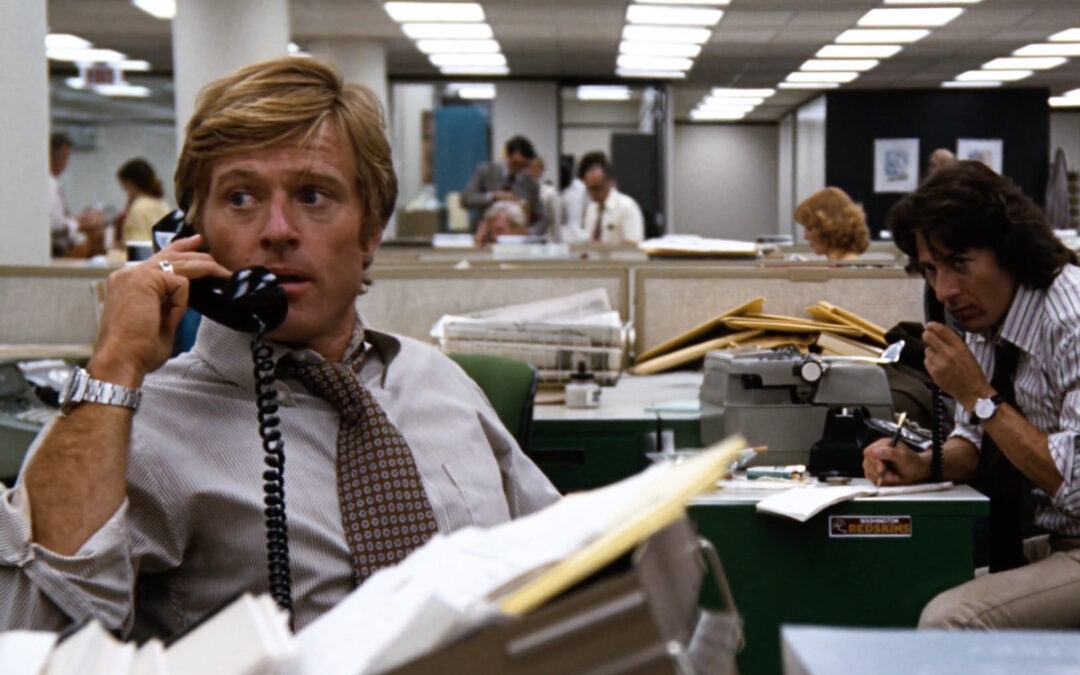Wow, what a conversation we had recently at the Grantmakers in the Arts (GIA) webinar, co-hosted with my colleagues at the Department of Nonprofit Efficiency. It’s clear that the arts and culture sector, like much of the nonprofit world, is navigating some seriously turbulent waters right now. We dove deep into how funders can tackle the growing political hostility and scrutiny they face, exploring strategies from legal defenses to narrative design and crisis communications.
The D.O.N.E. team – Jen Boll on legal strategy, Michael Braithwaite on narrative, sarah westlake on storytelling, and myself on PR and crisis comms – came together because we saw the rising threats facing nonprofits and wanted to help organizations not just survive, but ideally thrive, in this landscape. The session wasn’t recorded, encouraging the open, honest conversation that’s so vital in times like these.
We polled the attendees – mostly representing arts grantmaking organizations – to get a pulse on the sector’s experiences and preparedness. The results were illuminating and, frankly, underscore the urgency of the moment.
One key finding was around how grantmakers are responding to political pressure. When asked about actions taken, 50% of organizations reported they were either making changes or actively considering them. Another 25% said their responses were specific to their location or status, while just 25% were making or planning no changes.
This tells us half the sector is already feeling the heat and contemplating adjustments. This pressure stems from various angles, including increasing federal scrutiny, restrictions tied to funding through Executive Orders, and even potential threats to 501(c)(3) status based on interpretations of fundamental public policy. We’ve seen stark examples, from Harvard losing federal funding after resisting demands to other organizations adapting their language to regain pulled funding.
This 50% figure reflects organizations weighing these realities – grappling with whether to hold firm or adapt their language and programs. But here’s where things get even more critical, especially from my corner of the world in strategic communications and PR. We also asked about preparedness for a call from a journalist. The results were striking:
- Very ready: 13%
- Somewhat ready: 40%
- Not ready at all: 47%
Think about that: nearly half of the grant makers felt “not ready at all” for a journalist’s call, and a total of 87% were less than “very ready”.
This gap between 50% considering making changes and only 13% feeling very ready for media scrutiny is a flashing red light. In this climate, journalists are actively covering these pressures. They often operate on tight deadlines, expecting responses within 24-48 hours. Engaging without preparation carries significant risks, potentially leading to unintended negative consequences, even from journalists who might seem like allies.
The good news? Bridging that gap from “not ready” to “somewhat ready” or better doesn’t have to take forever. Some practical steps can be implemented relatively quickly, potentially in just a few hours. This isn’t about becoming a media magician overnight, but about having a basic framework in place.
Practical steps to boost preparedness include:
- Convening a crisis management team.
- Naming a spokesperson.
- Identifying likely crisis scenarios.
- Determining key stakeholders (like your board chair) whose input is essential.
- Setting up a system to monitor for crises and receive alerts.
- Anticipating potential questions and drafting answers in advance.
- Creating a social media action plan.
- Assessing risk potential for different situations.
These steps help you engage intentionally, whether that means choosing not to comment, issuing a prepared statement, or taking a bold public stance like Harvard did.
The decision to consider changes might relate to an organization’s chosen narrative posture. But regardless of that posture, being unprepared for external communications leaves you vulnerable.
This moment isn’t about abandoning values but about being strategically effective. Having your ducks in a row – including crisis communications strategies – is essential. Let’s make sure that as organizations consider how to navigate this environment, they prioritize getting ready for the inevitable calls from the outside world. Your mission and your people depend on it.
Thanks for reading and please share this with anyone you feel might be interested.
____
Matt Davis is a strategic communications consultant in Manhattan.


